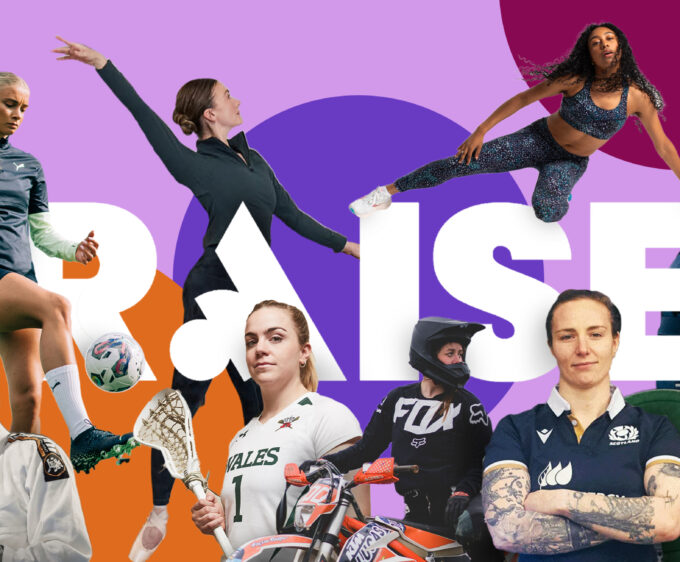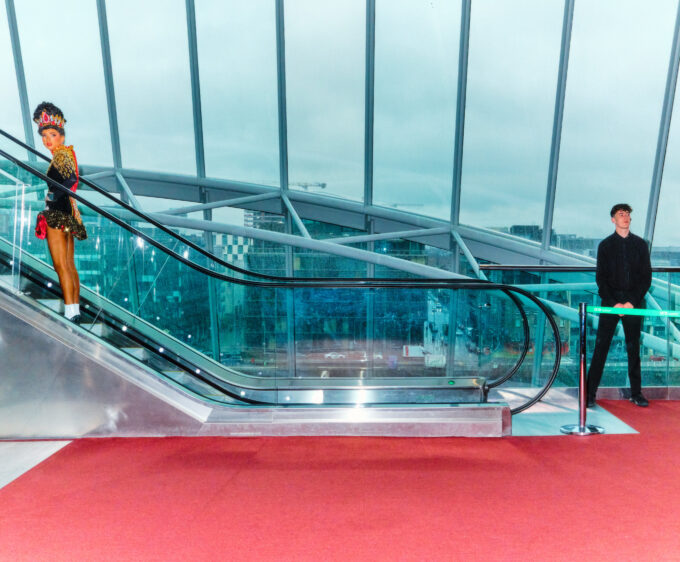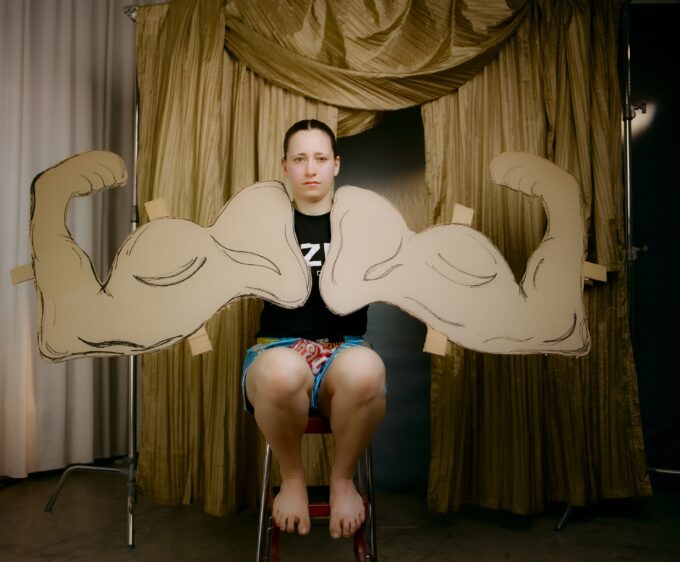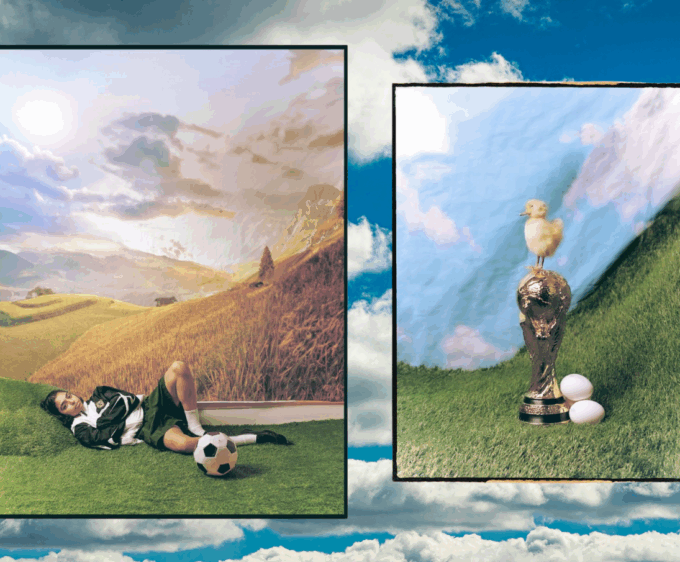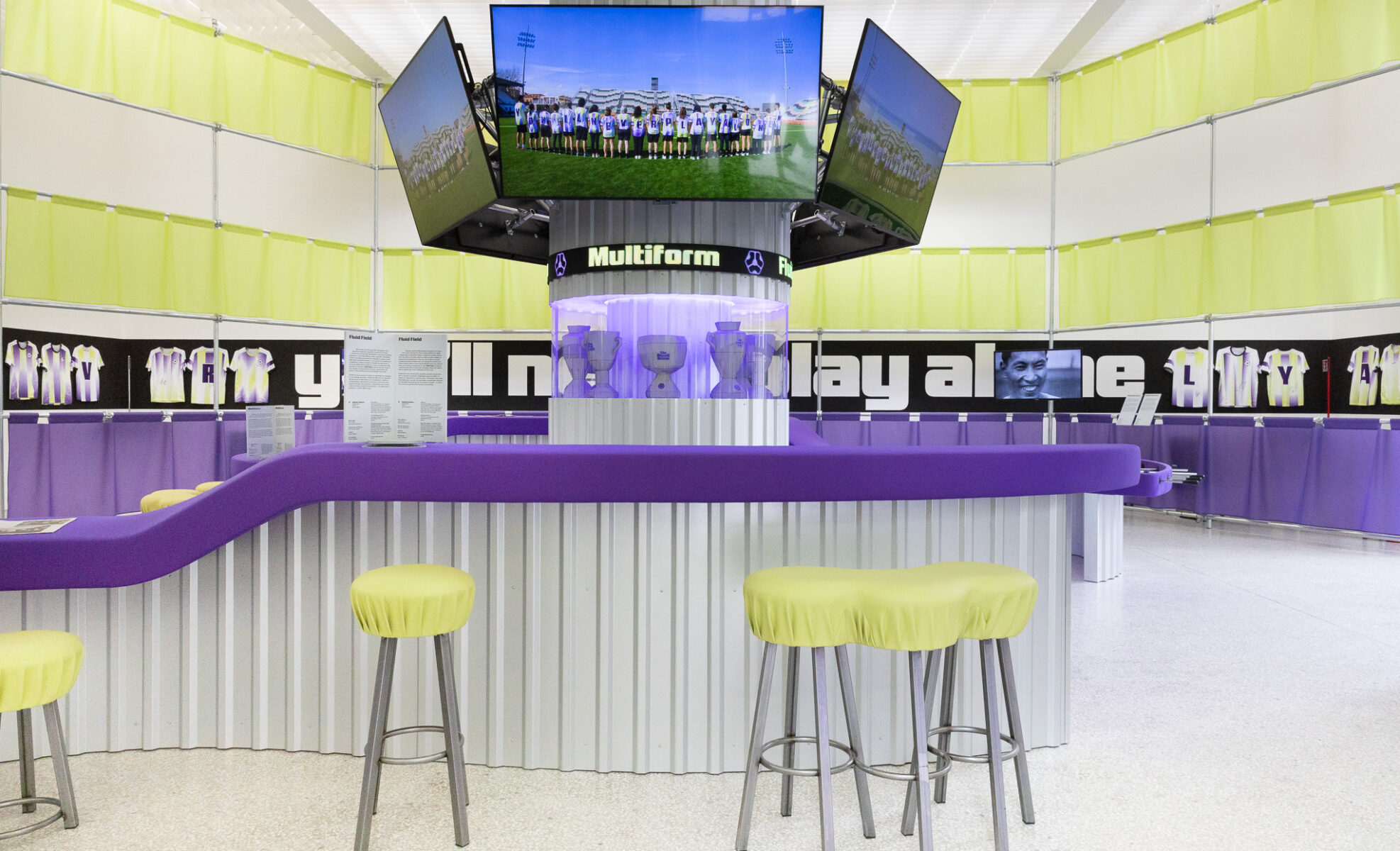
Rules Reset
What if sport wasn’t built around winners and losers? Gabriel Fontana is designing new ways to play that challenge competition, hierarchy, and fixed identity, proving that changing the rules can change the whole game.
By Glorious
Gabriel Fontana doesn’t just redesign games. He redesigns the reasons we play. With a background in Social Design and a sharp eye for the way systems shape people, Fontana sees sport as far more than just physical activity. He sees it as one of the most powerful social infrastructures we have, full of unwritten rules and deep influence over how people behave and relate to each other.
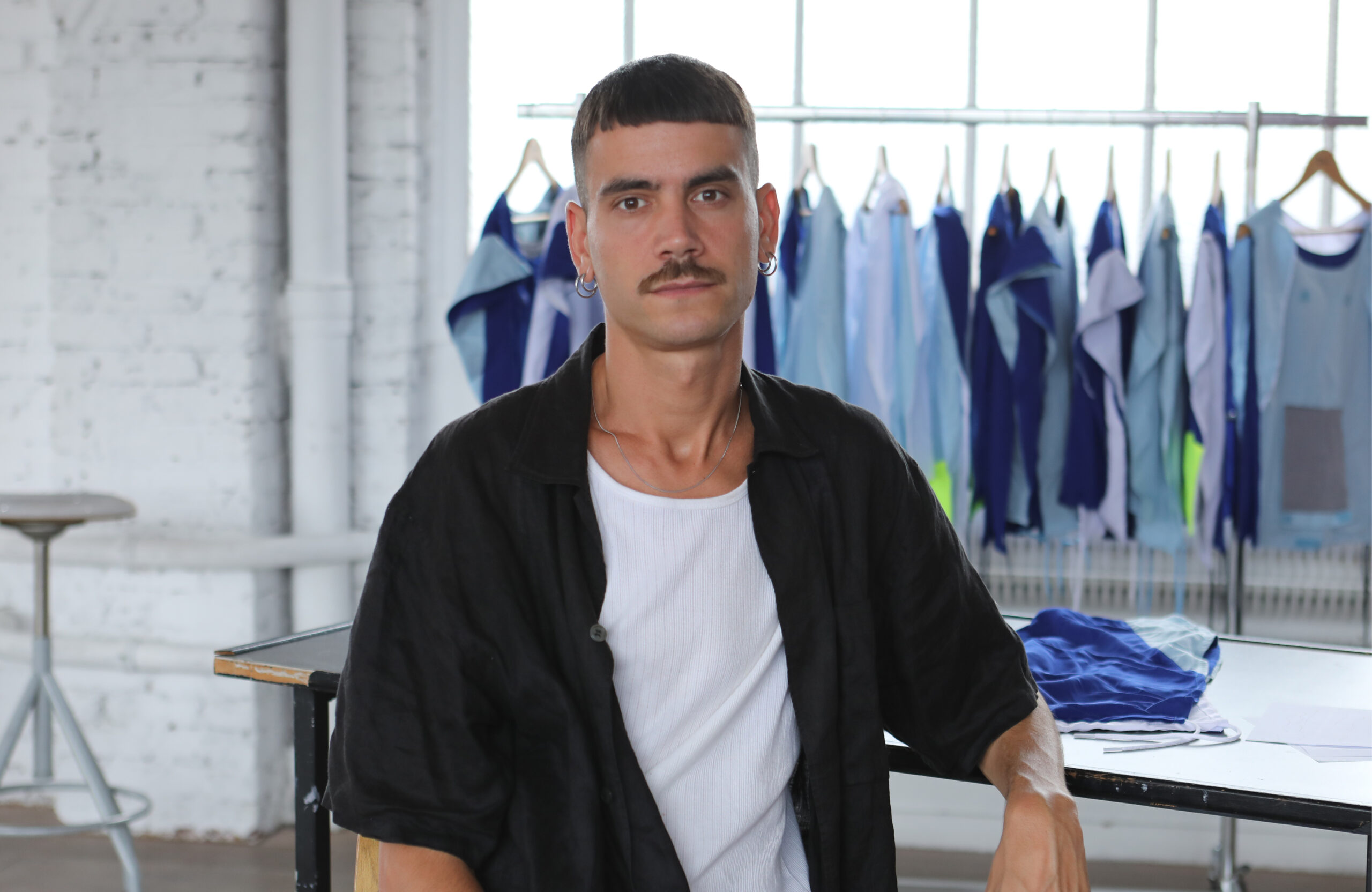
“Sport is one of the most pervasive and complex design systems we have,” he says. “A pitch or field is an architectural space; balls, jerseys, and rules are objects and systems that choreograph interaction.” These rules, spaces, and objects might seem simple, but Fontana believes they carry the weight of cultural values, often reinforcing ideas about identity, competition, and power without anyone really questioning them.
Growing up, Fontana was good at sport but didn’t feel at home in the environments it created. As a queer kid in hypermasculine spaces, he felt out of place, even while succeeding. “Physical education class was my first real encounter with a space that, based on my gender, prescribed exactly how to behave: how to move, how to interact, how to engage with others,” he says. At home, things were different. His father taught both sport and film history, and this mix of disciplines shaped a more open way of thinking. “He wasn’t the stereotypical sports guy,” Fontana says. “He never watched games or talked about them much. His way of being resisted categorisation.” That contrast opened Fontana’s eyes to how sport can serve as a kind of mirror for the wider culture. It teaches people how to behave, but often leaves little space for those who don’t fit the usual mould.
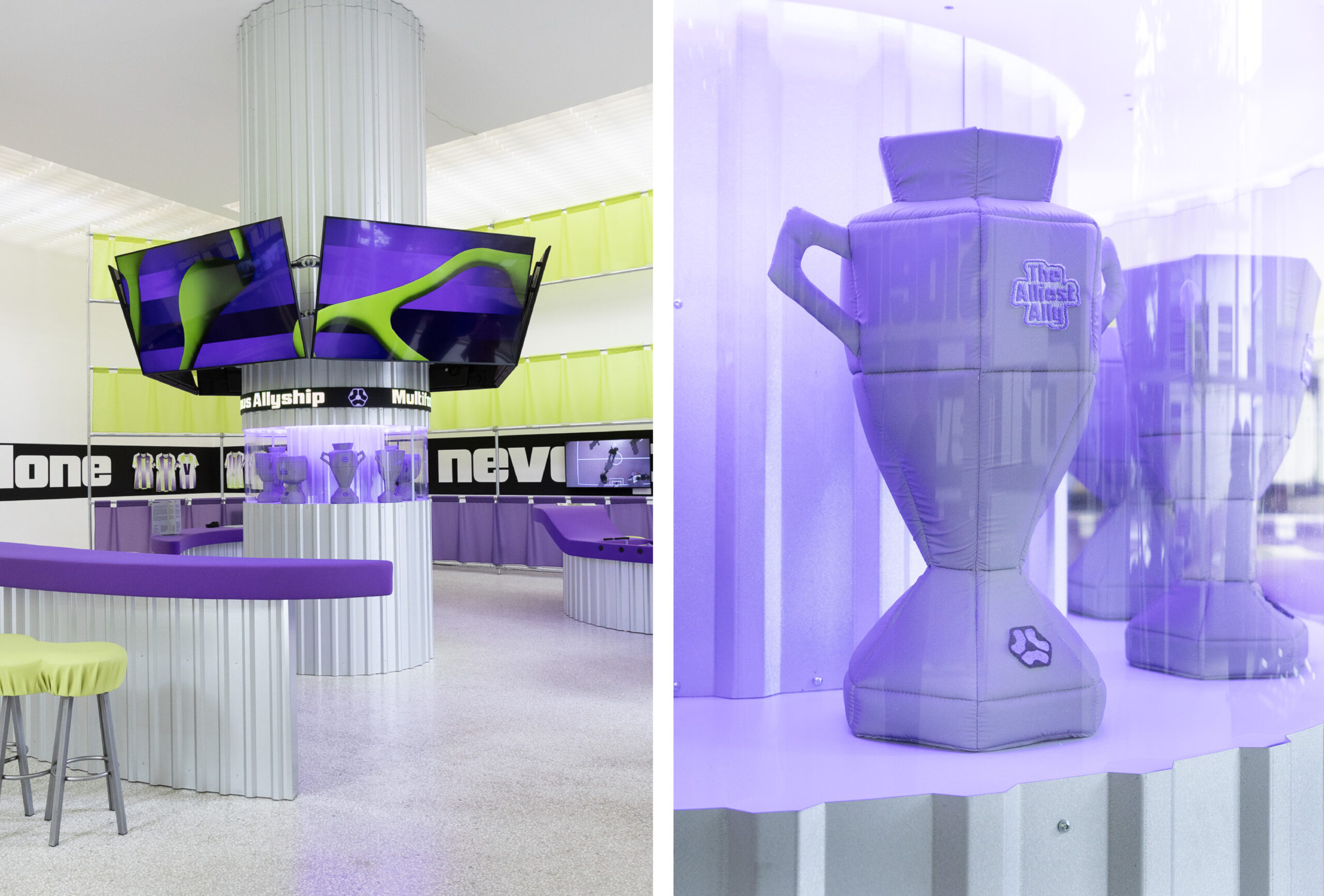
REINVENTION
Fontana has taken those early lessons and built a career out of asking big questions. What if sport didn’t reinforce the same old structures? What if it encouraged empathy instead of rivalry? What if the rules could be rewritten so that everyone had a chance to feel like they belonged? His answer to those questions is not just theoretical. It’s physical, playful, and wildly inventive.
One of the clearest examples of his approach came at the Venice Architecture Biennale in 2025, where Fontana transformed the Dutch Pavilion into an experimental sports bar. Commissioned by Nieuwe Instituut, the project is called SIDELINED: A Space to Rethink Togetherness and it challenges nearly every assumption built into mainstream sport. The idea of turning the Pavilion into a bar wasn’t just for show. “The sports bar is a charged and ambivalent space,” says Fontana. “It can be incredibly communal, bringing together people from different backgrounds, classes, and generations. But it also operates as a site of exclusion, often reproducing dynamics of hypermasculinity, nationalism, and group-based opposition.”
Fontana and curator Amanda Pinatih wanted to shift that dynamic. They kept the visual cues of a sports bar but reimagined what it could feel like. The uniforms weren’t fixed. The playing field could shift shape. There were no permanent teams, and no scoreboard to track winners or losers. “We wanted to subvert the usual codes and turn the space into something more open and unexpected,” he says. People were encouraged to play, explore, and connect without the pressure of traditional roles or outcomes.

Fontana believes this kind of disruption is long overdue. Most popular sports were created in the nineteenth century and, according to him, they carry the values of that time. “Traditional team sports reflect the values of that era: nationalism, discipline, and rigid binaries. But those values no longer reflect the diverse, interconnected, and complex society we live in today,” he says. For sport to stay relevant, he believes it must be reimagined from the ground up.
His approach is built around the idea that roles, rules, and even team structures can be fluid. “Can we design games where being on a team doesn’t mean defining yourself against someone else?” he asks. “Can we build systems that are inclusive, adaptive, and emotionally intelligent, where collaboration is based on trust, not tribalism?”
At SIDELINED, these questions were tested through a series of games. In Multiform, players wore jerseys that could change mid-match, forcing constant adaptation. “It destabilises fixed identities and forces players to constantly adapt themselves to new teammates,” he says. “The question becomes less about who you’re with and more about how you play with others.”
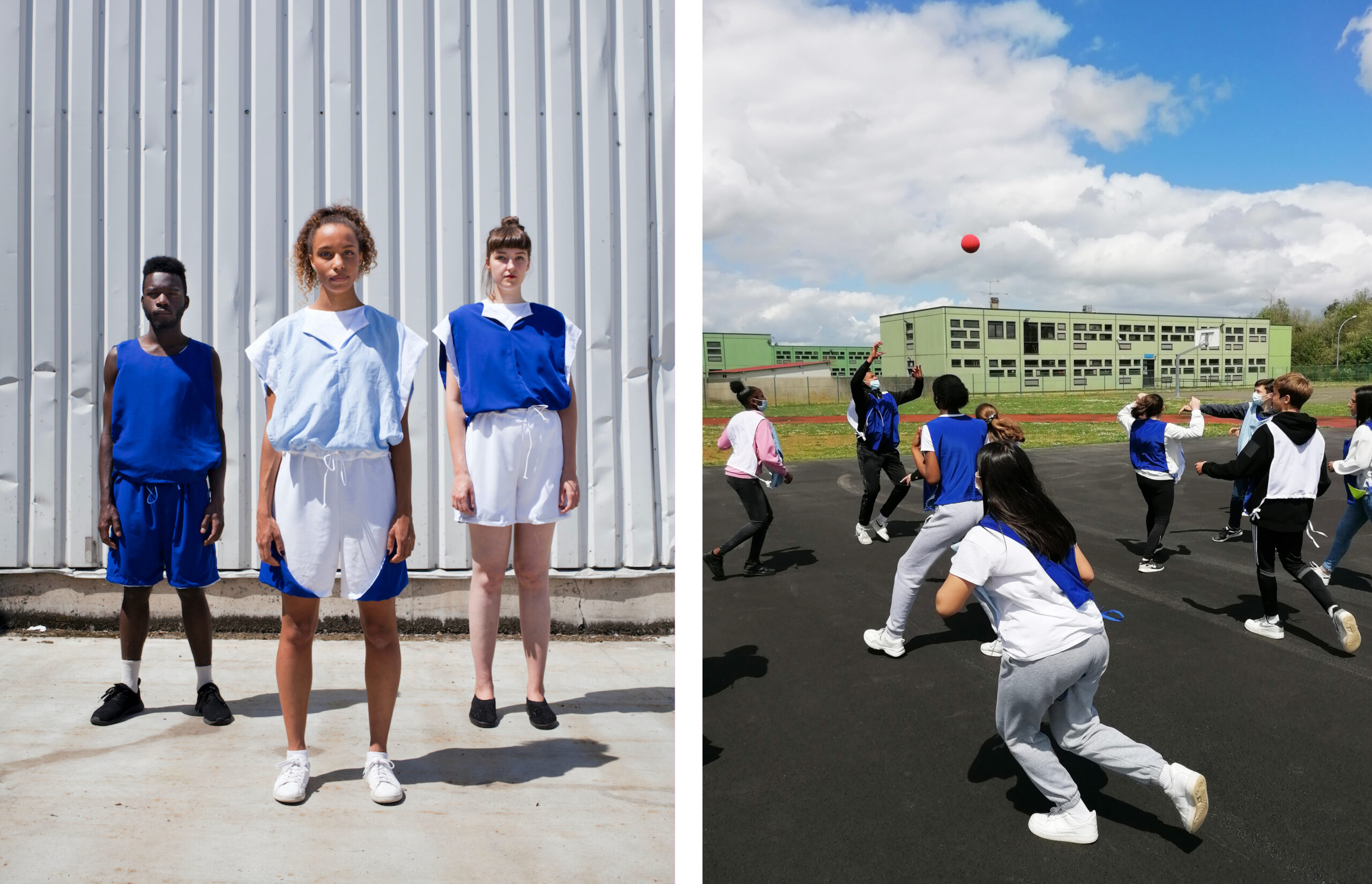
Another game, Anonymous Allyship, asked players to cooperate without knowing who was on their side. Everyone wore the same outfit, removing the usual signals of belonging. “Without visual identifiers or clear alliances, players must find new ways to support one another- often through subtle, non-verbal cues,” says Fontana.
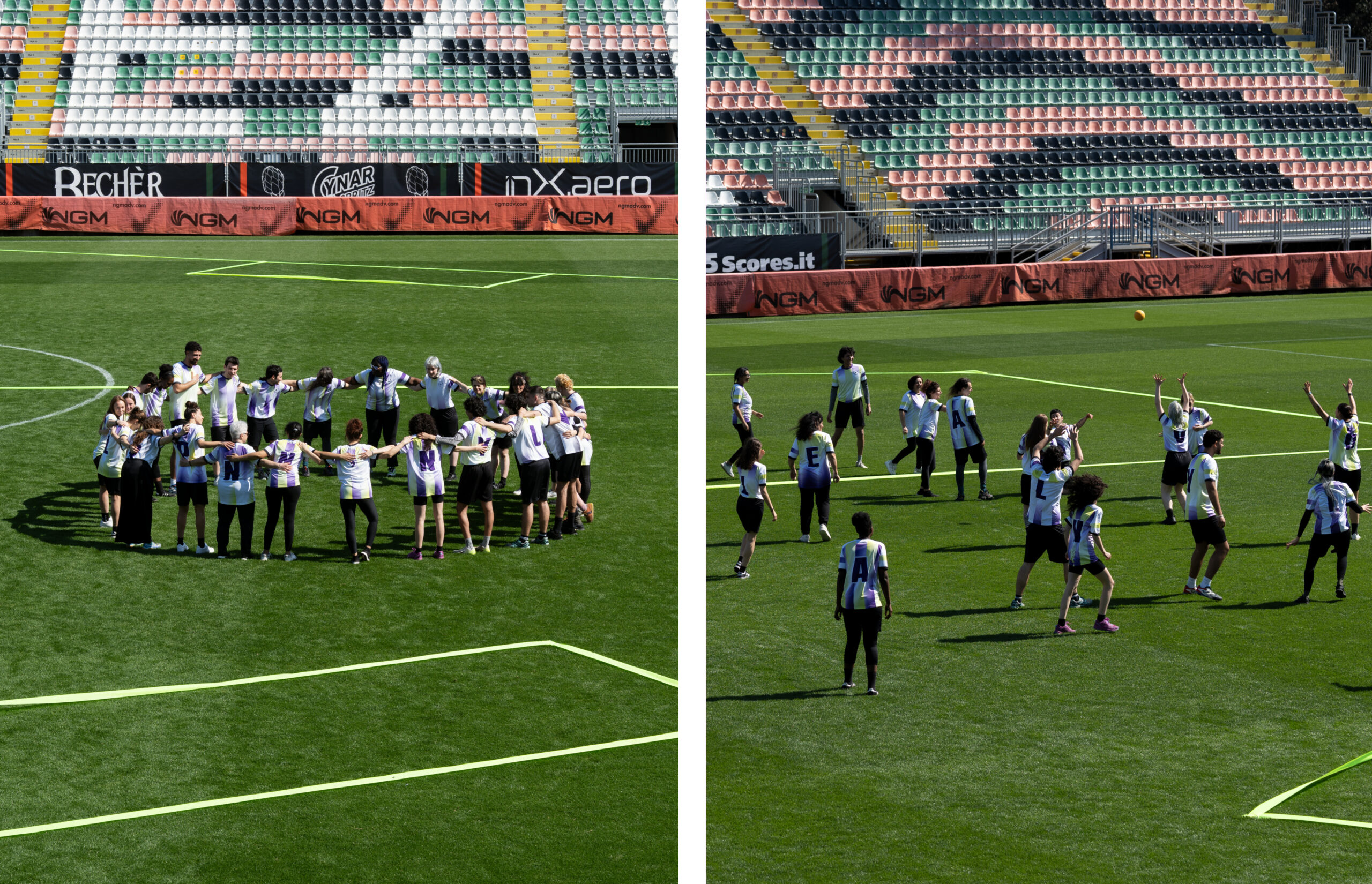
The third main game, Fluid Field, turned the very ground beneath the players into a variable. With movable goals and a field that changed shape, players had to rethink what it meant to make progress. “It disrupts the orientation of the field itself, asking players to stay agile and rethink what it means to ‘move forward.”
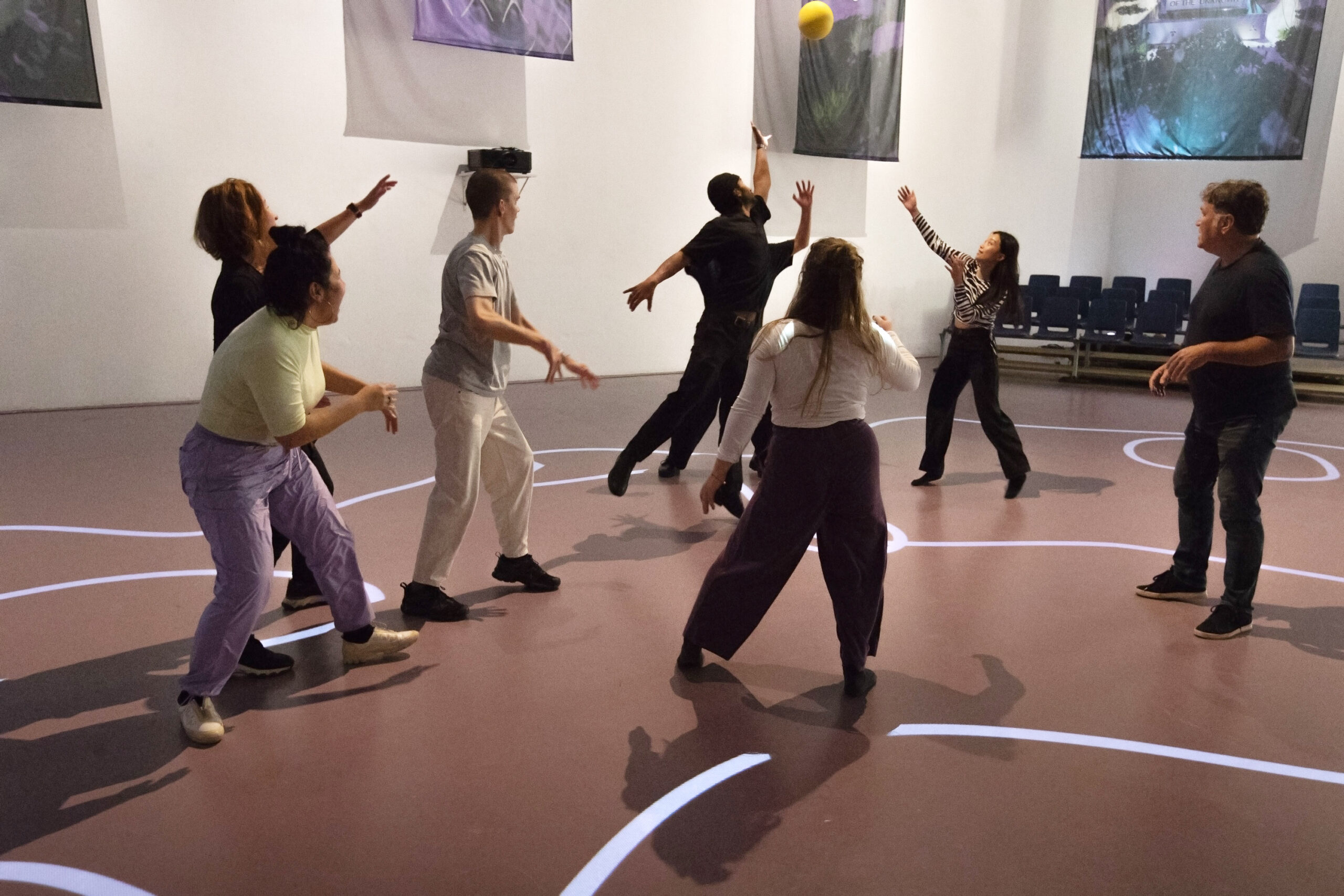
LIBERATION
These games are designed to feel strange at first, but Fontana believes that moment of discomfort is where the magic starts. When the Venezia FC Women’s Team took part in Anonymous Allyship, even seasoned athletes were thrown off at first. “At first, players were disoriented- there were no opposing colours, no clear sides,” he says. But that confusion quickly gave way to a new kind of play. “What influenced me most was seeing how quickly competitive instincts gave way to collaboration when the usual metrics of success were removed.”
Fontana says people are more open to change than we might think. “People don’t resist change- they just need a new system that allows them to relate differently.” That idea shaped the rest of SIDELINED, from the architecture to the atmosphere. There were soft trophies that celebrated things like “best ally” or “joyful disruption,” and furniture designed to suit a variety of bodies and postures. The space was inviting rather than competitive.
Even younger players adapted quickly once they let go of the need to win. In early Multiform sessions, many kept asking, “Am I still on blue?” or “Who’s winning?” Eventually, they stopped. “They start playing in a more instinctive, relational way,” Fontana says. “It becomes less about victory and more about presence.”
That mindset was reinforced through playful installations like a foosball table with no fixed sides and no defined goals. The lack of structure was deliberate. “We wanted them to feel confused- and then curious,” Fontana says. “The table doesn’t offer the usual clarity of winners and losers. There are no goalposts, no teams, and no right way to play.” Instead of trying to win, visitors started asking new kinds of questions: What if I stop trying to win? What else is possible?
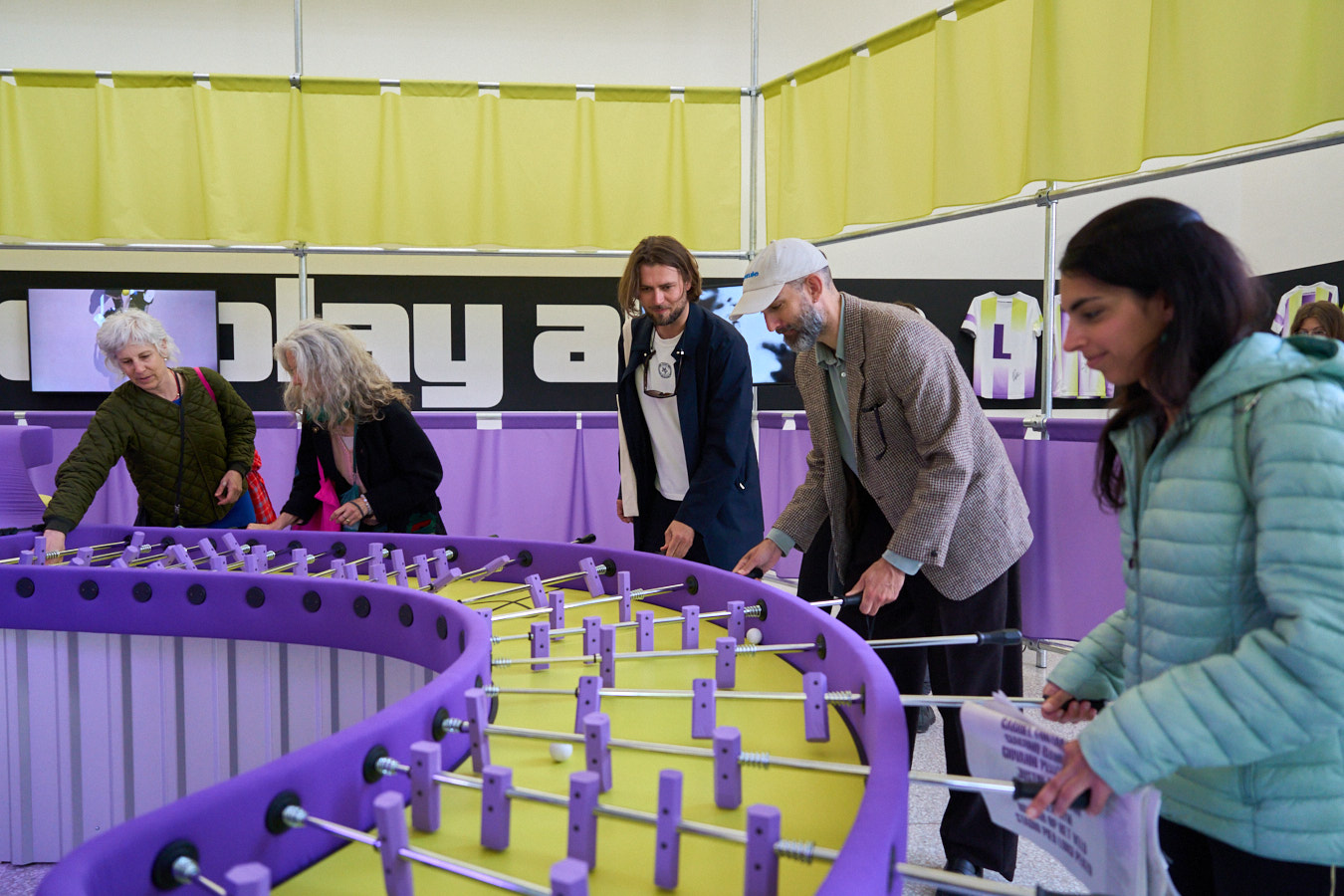
These moments of reflection, according to Fontana, are just as important as the games themselves. “It mirrors how many of us move through systems that don’t fit us,” he says. “It invites us to imagine how we might relate differently if the rules were rewritten.”
The entire Pavilion project was a team effort. Designers Koos Breen and Jeannette Slütter, designed the space and built a central hexagonal structure inspired by games that reject binary competition. Artist Luca Soudant created a layered soundscape, and filmmaker Alice Wong produced a video that added emotional depth. Even the bar was designed with different heights and angles so people could sit, stand, or lean wherever felt right. Fontana and his team also published a newspaper filled with insights from queer gym founders, sports bar owners, architects, and others already pushing boundaries in sport.
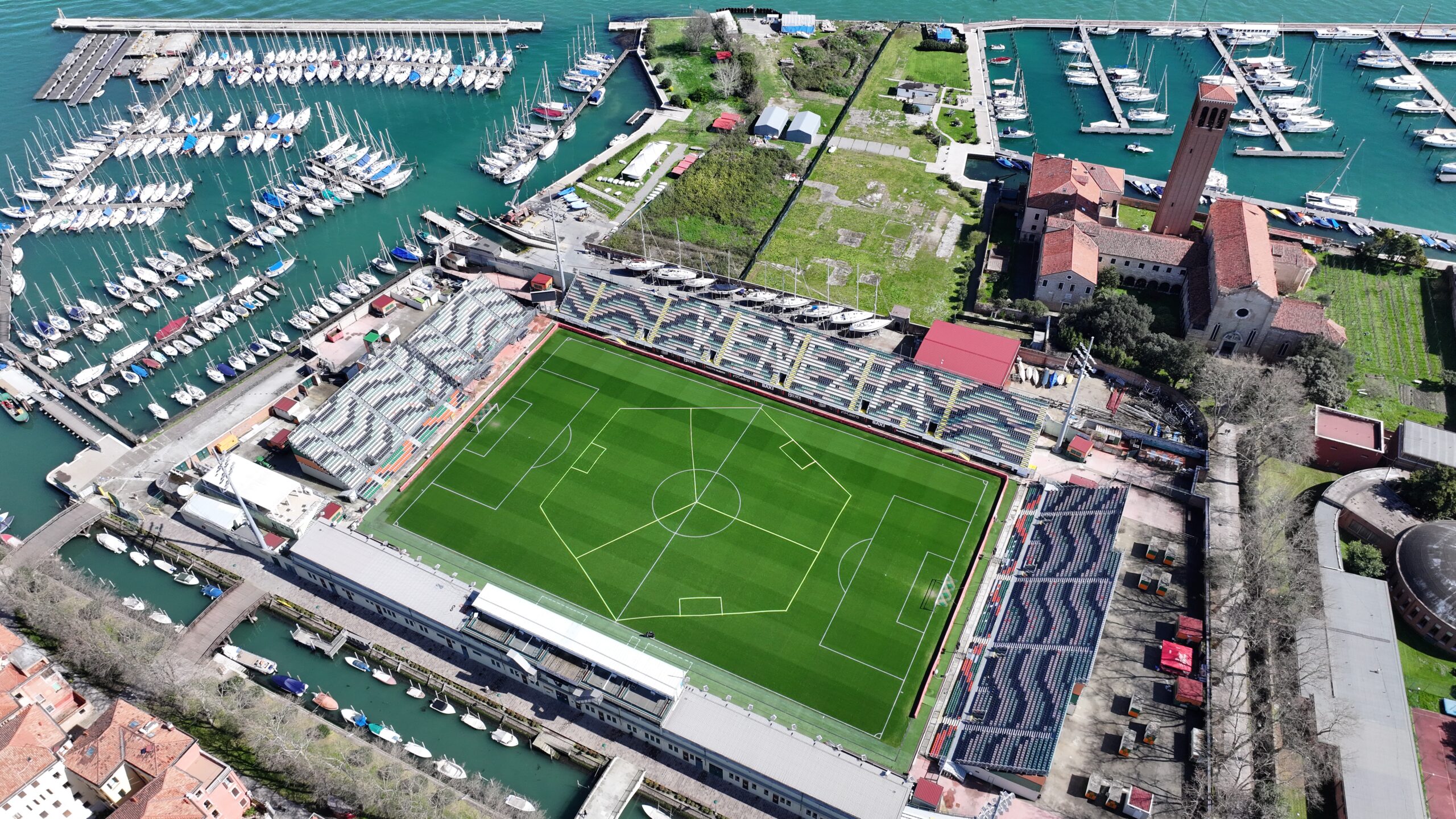
“From the beginning, SIDELINED was never meant to be a solo project,” Fontana says. “The themes we’re exploring – identity, collaboration, systems – demand multiple voices, disciplines, and perspectives.”
These ideas are not staying in the gallery. Fontana recently presented Multiform at the Paris Olympic Games, where it ran as a public programme outside city hall. “So the work is no longer just speculative, it’s entering the real arenas of sport.” But Fontana is cautious about what the sports industry calls innovation. “While technical and material innovations are everywhere, true social innovation – rethinking the values, norms, and systems that define who belongs – is still often missing.”
Rather than focus on equipment or logos, Fontana redesigns what sport actually teaches. “We often say ‘sport brings people together,’ but we rarely ask where and how it fails to do that, and for whom,” he says. “Are we teaching exclusion, or inclusion? Rigidity, or adaptability?”
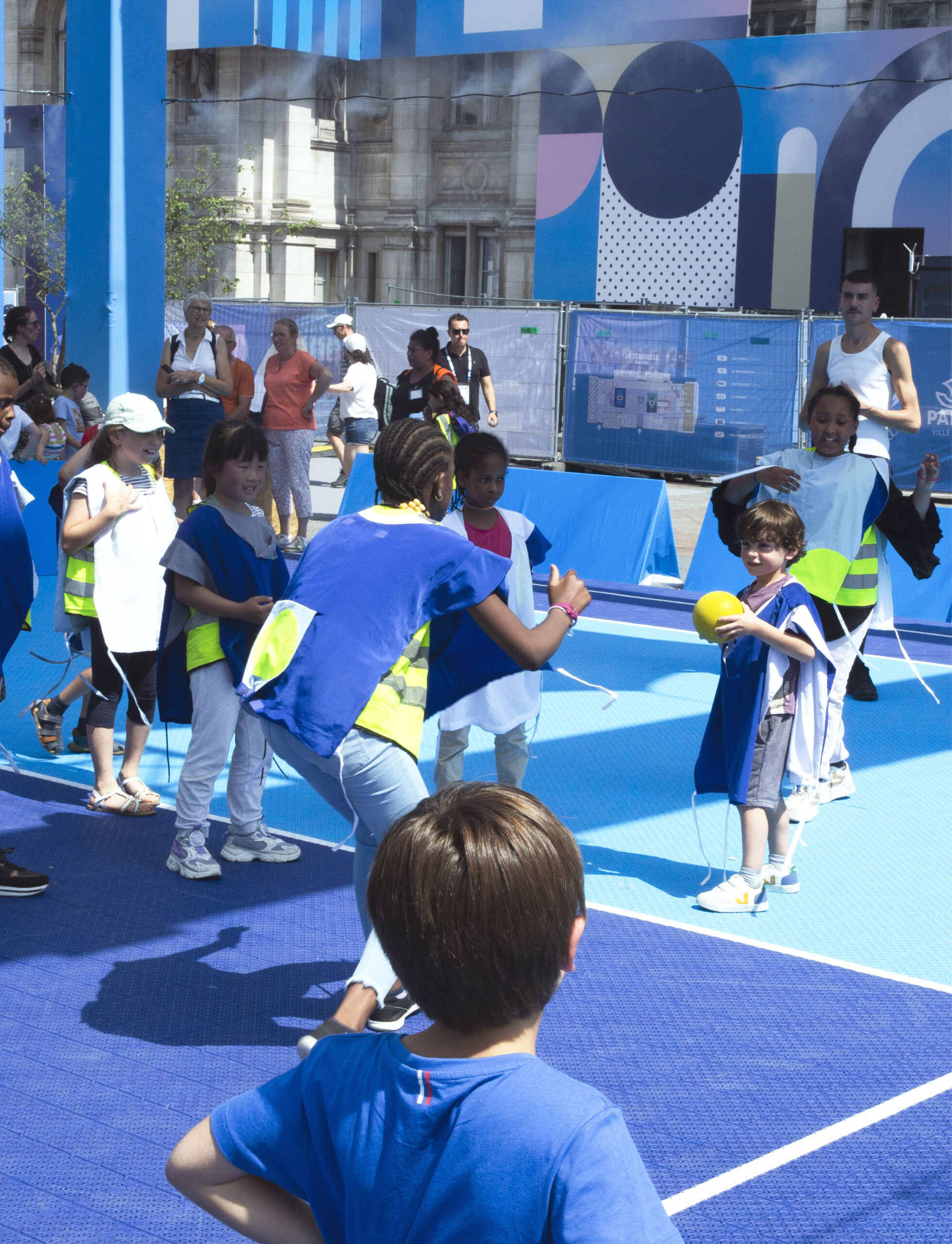
Fontana believes the world of sport is already changing, driven by younger generations with different values. “The sport sector is already in crisis, and the new generation is living by values that demand change.” He sees his work as both a challenge and an offering. “My role is not just to amplify those voices, especially those who’ve long been sidelined, but also to respond with tangible, alternative game formats and design that show how we might evolve.”
The core of Fontana’s work is not victory, but connection. He has built a career out of showing that when old rules are rewritten, sport can shift from a space of tribalism to one of trust. His alternative games aren’t just for play; they are an urgent, inventive way of rehearsing what it could look like to live and relate to one another differently.
Find out more about Studio Fontana here.
Title Image: Sidelined, photo by Temet.studio
Editorial Design Root

